Top 10 best super GTs 2018
 Super GTs are a rare breed with the ability to be soft and gentle one moment and ferocious the next, while encasing their occupants in luxurious surroundings. Which make our top ten?
Super GTs are a rare breed with the ability to be soft and gentle one moment and ferocious the next, while encasing their occupants in luxurious surroundings. Which make our top ten?
The modern ‘super-GT’ inherits a legacy forged and refined over a century of sports car-making, through front-engined, rear-wheel drive legends such as the pre-war Alfa Romeo 8C and the likes of the Jaguar E-Type, Aston Martin DB4, Ferrari 250 and Mercedes-Benz 300 SL ‘gullwing’. No other part of the performance car market has better pedigree.
These are cars intended for the idyllic, high-speed continent-crossing missions of your waking dreams.
They’re ‘have your cake and eat it’ cars, with excellent touring manners and plenty of space for your luggage, often with a couple of occasional back seats included.
But the very best combine all that with absolutely first-order speed, power, handling poise and driver engagement; or, alternatively, limousine-like luxury, as you prefer.
1. Ferrari 812 Superfast
An updated version of the front-engined V12 introduced as the F12 in 2012, the 812 Superfast builds on everything that was good about its predecessor, and also incorporates a lot of what made the special-edition F12tdf such an incredible driver’s car. Which isn’t a bad start in life for any modern performance car.
With 801bhp from an atmospheric twelve-cylinder engine that could genuinely be the greatest of its kind ever to grace a road car along with sporting handling that nothing in the Super GT class can really even approach, the 812 Superfast stands head and shoulders above its closest competitors for driver appeal.
The rapier-like handling agility of the F12tdf, caused principally by its aggressive four-wheel steering system, has been toned down, but without dampening the dynamic alertness and balance that has distinguished this generation of front-engined V12 Ferraris since its introduction.
Some would argue that a super GT should be less highly strung – a more natural distance coverer that's capable of making the miles fly by the window in less wearing mode.
But once you’ve sampled the incisive vigour and engagement with which the 812 Superfast conducts itself, nothing else in the class will do.
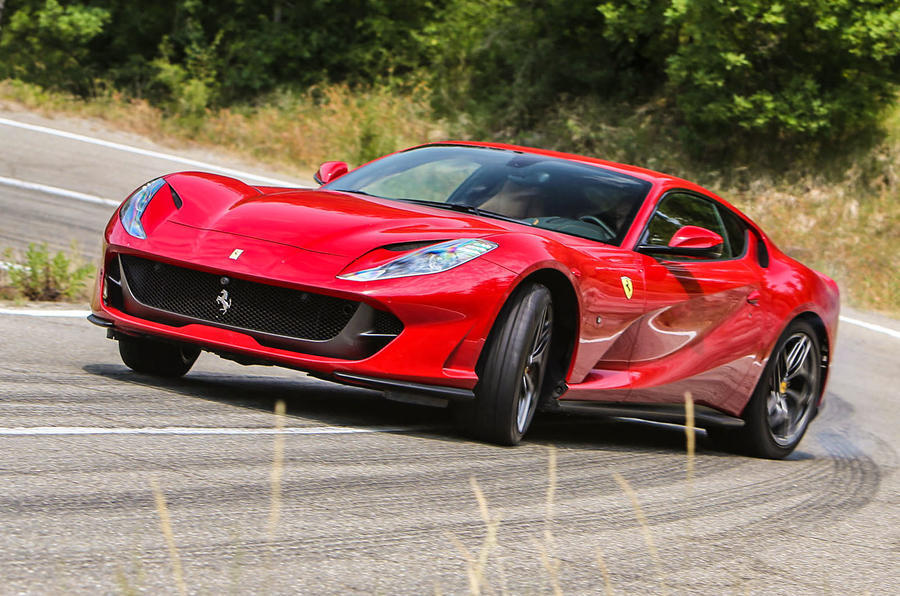
2. Rolls-Royce Wraith
Little in the motoring world is more wonderful than the most aristocratic of passenger car blue-bloods dressed for some weekend amusement.
That’s what the Wraith represents. Rolls-Royce introduced the two-door ‘gran turismo’ version of its smaller Ghost saloon in 2013, and with it announced the most driver-focused car in its history.
The elegant two-door is only small by Rolls’ standards, of course; it’s easily big enough to accommodate adults in its beautifully appointed rear seats and has boot space for plenty of designer luggage.
Up front, it trades some of the extravagance and formality of the interiors of its sister models for a more casual, intimate and understated ambience. Again though, Rolls’ idea of understated is still sufficiently stately to include soft hides, gleaming brightwork and large expanses of gorgeous wood veneer panelling.
The Wraith’s handling has a starchier, crisper edge than the Ghost's, making the car very happy to be whisked along a testing road at pace and well capable of rewarding an interested driver with its deliciously weighted steering and strong, balanced grip levels.
The Wraith's V12 engine has abundant power, typical aristocratic smoothness and heightened responsiveness, although you still monitor its business at a distance, through Rolls’ idiosyncratic ‘power reserve’ meter rather than anything as common as a rev counter.
This car is simply delicious to drive, as well as being a sublime way to travel.
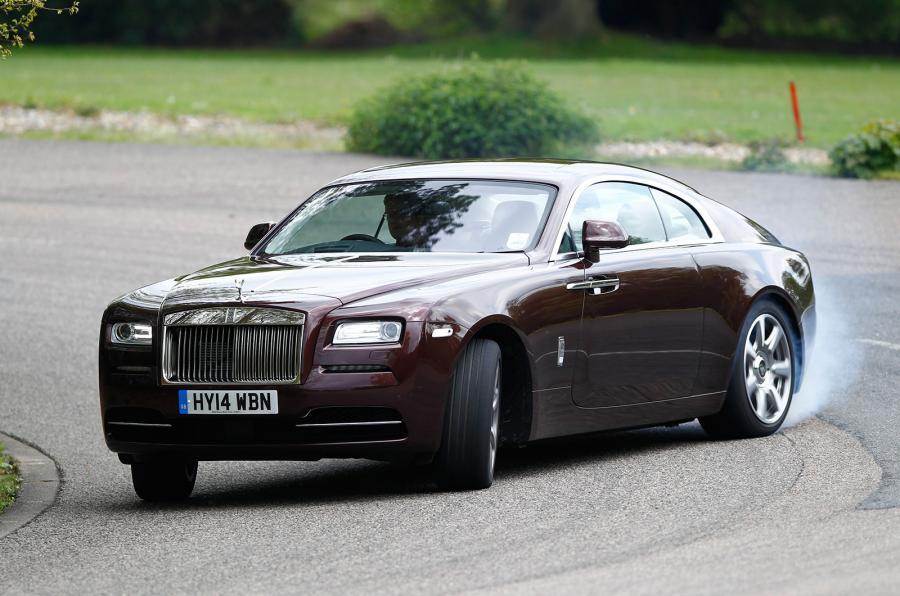
3. Aston Martin DB11 V12
There are two distinct DB11s, according to business-savvy Aston Martin boss Andy Palmer: the cheaper, lighter V8-powered ‘sports car’ model and this V12.
Gaydon’s full-fat DB11 is known as ‘the intercontinental missile’ in company circles because of its uncanny ability to make long distances disappear underneath its wheels so quickly and effortlessly that you’ll barely feel the strain of their passing.
This is the first turbocharged car in Aston Martin's history. Its German-built 5.2-litre twin-turbo V12 engine makes for a greater swell of accessible torque for the car than any Aston Martin has been blessed with before, on which it can surf forwards with both pace and part-throttle nonchalance. Even after that forced induction makeover, the DB11's engine still sounds rich and enticing and likes to rev when the opportunity presents.
The DB11's ride over choppy, uneven surfaces is expertly tuned, being supple and isolating without letting the body run away unchecked, and the car's handling poise and general composure are both appealing parts of its dynamic character, too.
Some rivals are more refined, others perhaps a natch more comfortable, but the DB11 remains the very best kind of Aston Martin GT, at once authentic and modern and looking ready to take its maker into a new and successful era.
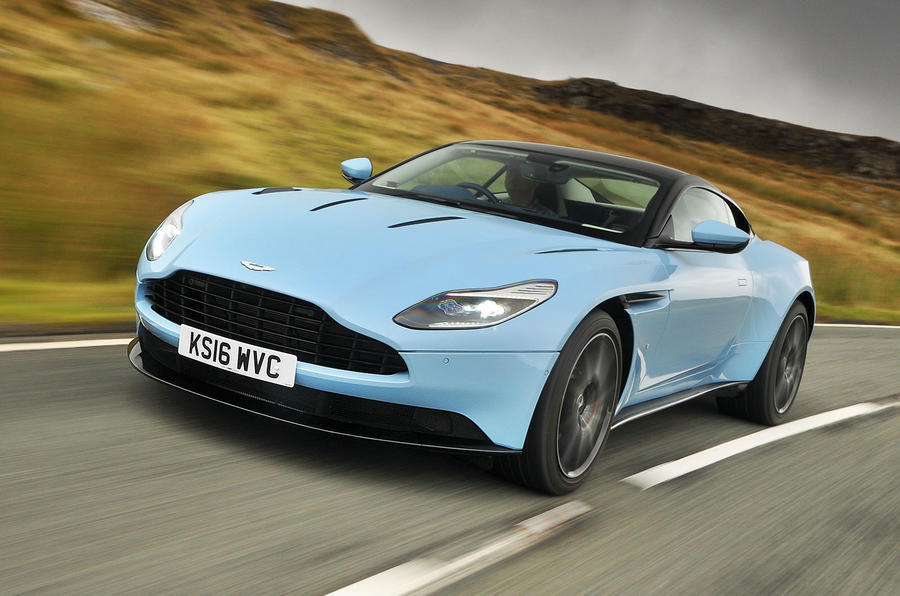
4. McLaren 570GT
McLaren makes supercars, right? Right. But it also makes the 570GT: an added-practicality, slightly becalmed and cultured version of the 570S ‘sport series’ mid-engined super-sports car.
And while that idea might sound a bit misconceived, the car it gives rise to is anything but, combining 95% of the remarkable pace and balance of the ‘core’ 570S with more restrained cruising manners, a more elegant silhouette and a useful increase in carrying space.
The 570GT is a strict two-seater, making it a good deal less usable than plenty of the cars in this class, but it offers up to 370 litres of luggage space split between boot compartments front and rear; it has a slightly softer suspension tune than a 570S as well as slower-geared, more relaxed steering; and it carries better interior isolation and refinement measures than its rangemate.
The 570GT rides with remarkable compliance and, being a McLaren, offers much better all-round visibility, much easier entry and exit, and a much easier-going, longer-striding driving experience than you’d ever believe a mid-engined sports car could. The car is so good, in fact, that you might wonder if Woking should turn its hand to GT cars more often in future.
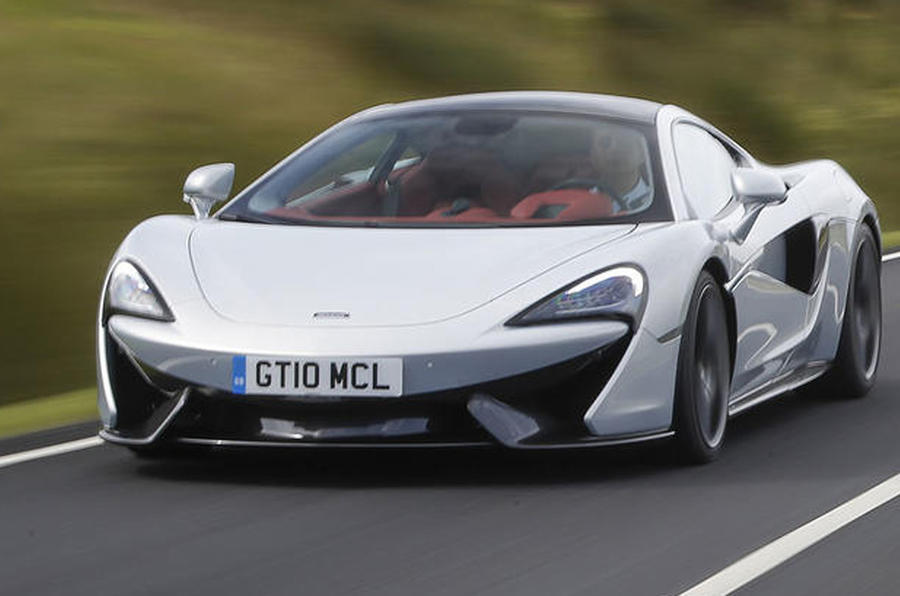
5. Aston Martin Vanquish S
Aston Martin’s biggest and most expensive series-production model has been a part of its product portfolio, in various forms, since 2001.
At times in Aston’s recent history, it has been a hugely important car for the company. But never has its natural role in the company’s model hierarchy been in question quite like it is today.
The Vanquish S, you see, is an old-guard ‘VH-platform’ Aston Martin that won't be replaced by its ‘second-century’ offspring until late in 2018. It is, for the time being, therefore, a top-of-the-range model without the top-of-the-pile performance you might expect.
Power from its atmospheric V12 was fettled up 592bhp in 2016, but torque is a long way down on what the DB11 V12 serves up.
There is, however, still an awful lot to like about the Vanquish S. Having been made louder, firmer, more exciting, more communicative and more ostentatious in all things as part of its last facelift, the car makes greater play for the affections of the enthusiast driver now than it ever has.
Its interior is showing its age, granted. But for those who remain to be convinced about Aston’s bold new age, the Vanquish S is a great way to salute everything that was great about the old one.
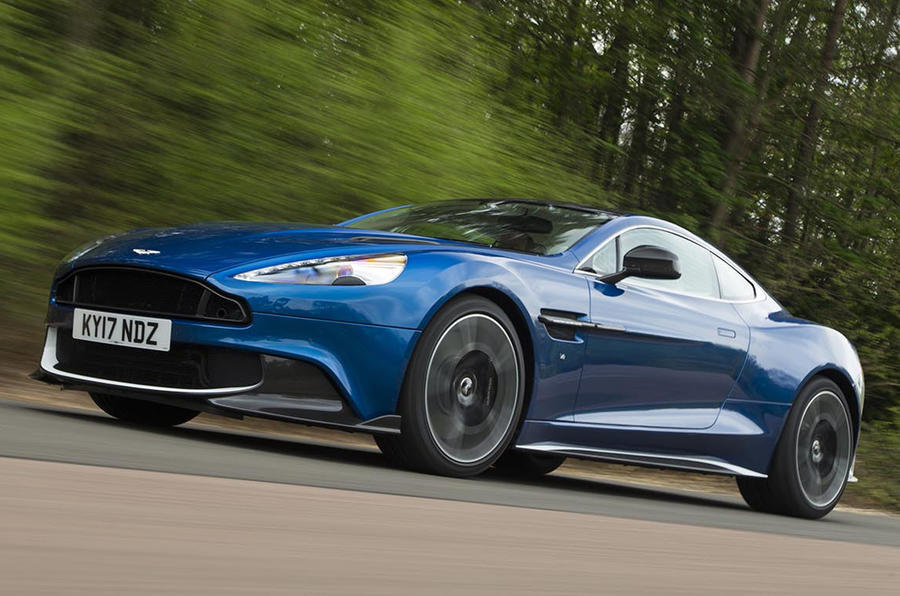
6. Bentley Continental GT
Bentley’s Continental coupés are cars built in such a way as to put the ‘grand’ into ‘grand touring’.
Few automotive marques set out to make cars as rich and luxurious as Bentley. Such a brief makes them relatively heavy, too, and puts a cap on the amount of sporting dynamism the Continental GT can provide.
And yet to visit the firm’s factory in Crewe and witness the amazing choice of materials that go into a Bentley interior, as well as the time and the skill that goes into handling them, is to truly understand what this company does best.
Now on the eve of replacement, the current Continental GT has its roots all the way back in 2003, although it was heavily revised in 2011, being turned into a car with significantly more driver appeal than it once had. The addition of Audi’s twin-turbocharged V8 engine bolstered the car’s handling appeal, taking weight out of the engine bay to little or no discernable cost of performance.
It was all done, of course, without harming the Continental GT’s first-rate cruising manners one jot. And so if your idea of a ‘super-GT’ car is one that comes beautifully wrapped in chrome, bull hide, burr walnut and knurled aluminium, look no further.
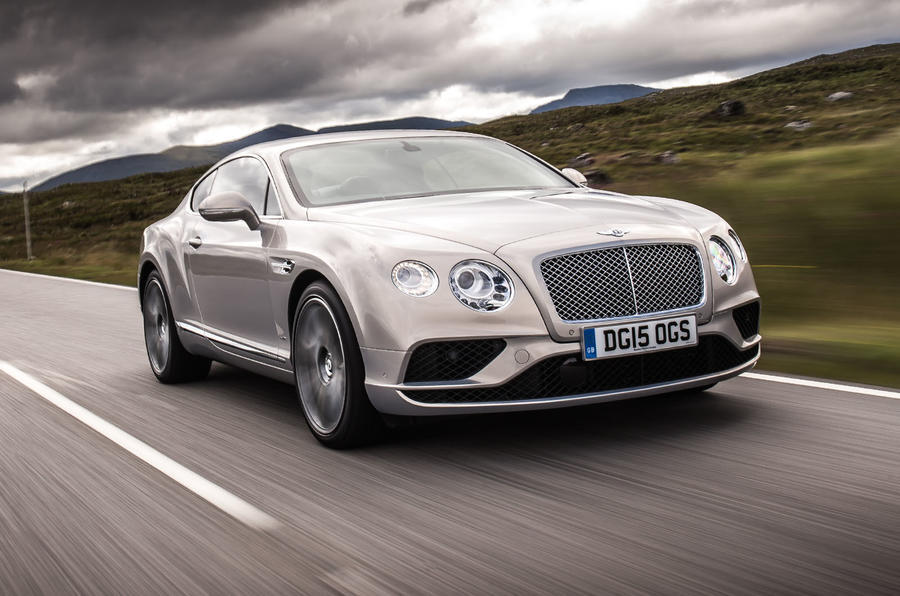
7. Lexus LFA
You might have been expecting to read about Lexus’ legendary, F1-inspired LFA in our ‘supercars’ class.
But, contrary to what the eye-popping styling and proportions suggested, this was, in fact, a car with its V10 engine in the front and drive channelled to the rear: a mechanical template making it more at home in the ‘super-GT’ class than anywhere else.
What an engine it was. Normally aspirated and spinning all the way to 9400rpm, the Lexus’ ten-cylinder, 552bhp screamer took centre stage in the LFA's driving experience.
It was mated to an automated manual gearbox that wasn’t really worthy of it, making the LFA struggle to put down its power from standing. But the car’s handling agilty and steering purity both survived comparison with the very best mid-engined contemporaries. Few front-engined cars were as raw.
Only 500 examples of the LFA were built, and its price made it a car that might eventually have run short on demand if volume hadn’t been limited. But its importance as a symbol within both Lexus and Toyota cannot be underestimated.
Where the LFA lead, cars such as the GS-F, RC-F and LC coupé have followed – but principally only because Lexus’ pioneering V10 epoch-maker left such an indelible mark on, and built such enormous confidence within, the company that made it.
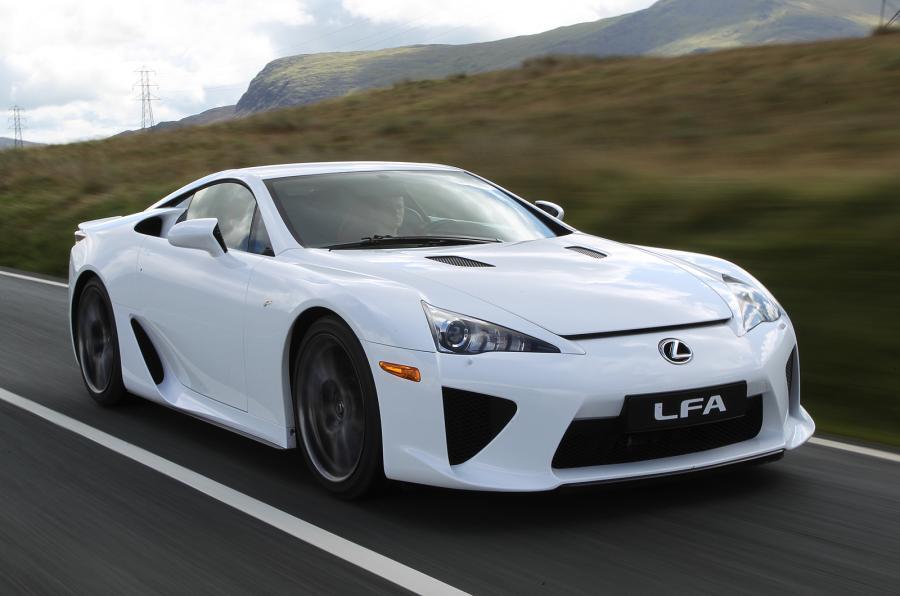
8. Mercedes-AMG S63 Coupé
Mercedes' S-Class Coupé packs the very latest and greatest of its maker’s powertrain, suspension, safety and infotainment technology into an elegant two-door flagship. And when you’re an industry powerhouse the size of Daimler, you can pack in an awful lot of technology – much of it the kind that its niche-level rivals in this class simply don’t have the budget or scale to offer.
The Mercedes-AMG S63 Coupé, then, is a car with all of Mercedes' semi-autonomous active lane keeping, speed limit and braking assistance systems, with the latest onboard connectivity and digital concierge systems and with Mercedes’ Magic Body Control camera-based active hydraulic suspension that scans the surface of the road ahead and prepares the suspension specifically for the bumps it's about to encounter.
AMG’s 4.0-litre twin-turbocharged V8 supplies the S63 with every bit as much power and torque and it needs, and the suspension strikes a clever compromise between isolation and driver engagement that does just enough to keep you interested in the driving experience but also makes the car feel superbly refined and long-legged.
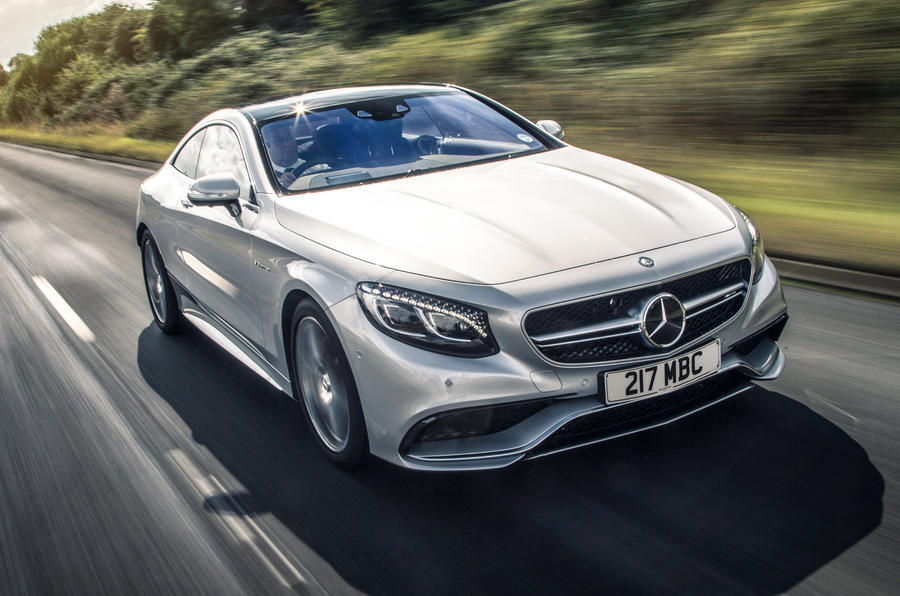
9. Aston Martin Rapide S
The Rapide S may have four doors and four usable adult-sized seats, but it’s as much a saloon car as it is a Martian lander. In a move intended to broaden its showroom range back in 2009, Aston Martin launched the Rapide at a time when there was an excited buzz around curvy, four-door liftbacks.
Now that the dust has settled and the buzz has subsided, it’s become clear that the most useful way to think about the Rapide is as a big coupé, albeit one with a large hatchback, folding rear seatbacks, two unusually accessible occasional rear chairs and a boot big enough to swallow much more holiday cargo than almost any other six-figure exotics.
Though it’s big, the Rapide S certainly isn’t short on either dynamic appeal or typical Aston Martin motive charm either, having a fluent, balanced chassis with an indulgently long, slow-reacting wheelbase, as well as feelsome steering and an effusive V12 that loves to rev.
There’ll be an AMR performance version along fairly soon and likewise an all-electric version, with a Lagonda-branded ‘second-century’ replacement due in 2020.
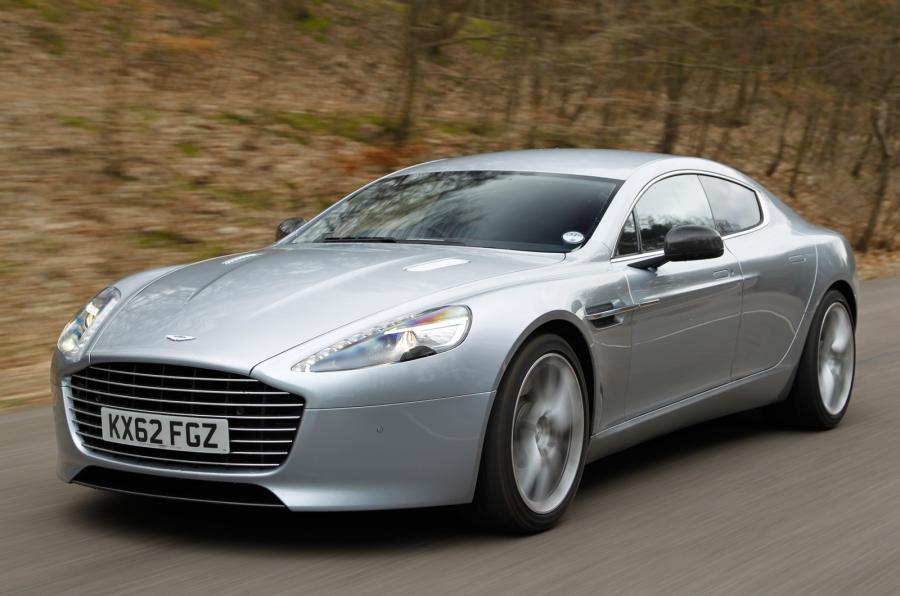
10. Ferrari GTC4 Lusso T
Maranello’s four-seat, four-wheel drive shooting brake is described by the company as its ‘special model’, aimed at customers who have transport requirements that Ferraris haven’t traditionally been able to satisfy. By ‘special’, they mean oddball. Even if you’re expecting the unusual proportions, you’ll likely still be surprised by the car’s squat, boxy ‘breadvan’ styling.
The FF, in mid-life facelift form, became the GTC4 Lusso in 2016. The car’s engine range was expanded to include a 3.9-litre 603bhp turbocharge V8 in 2017 in addition to the 681bhp 6.3-litre V12. Both versions use a complicated four-wheel drive system, as part of which the front axle takes torque direct from the forwards end of the crankshaft via a separate two-speed gearbox and one wet clutch per wheel. When FF became GTC4 Lusso, meanwhile, Ferrari added a four-wheel steering system derived from the one on the F12tdf.
The GTC4 Lusso T cruises in refined, relaxed fashion, albeit only by Ferrari’s own standards, and is significantly less highly strung than its various rangemates – although it’s not quite as perfectly poised or composed when driven hard as they are. All of which may matter little to you given that, as a quarter-million-pound, four-seat, two-door, pseudo-load-lugging coupé, the GTC4 Lusso T is in a class of one.
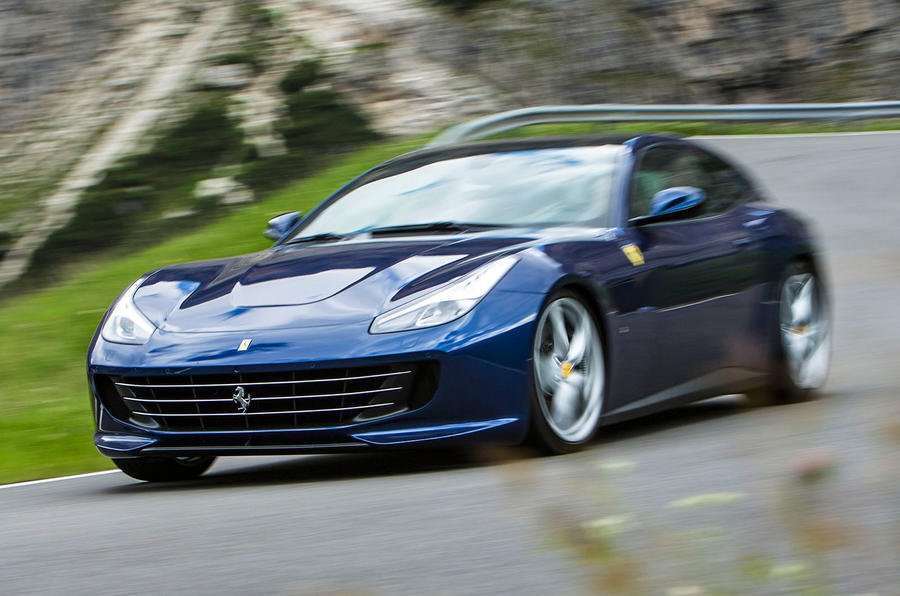

Comments
Post a Comment